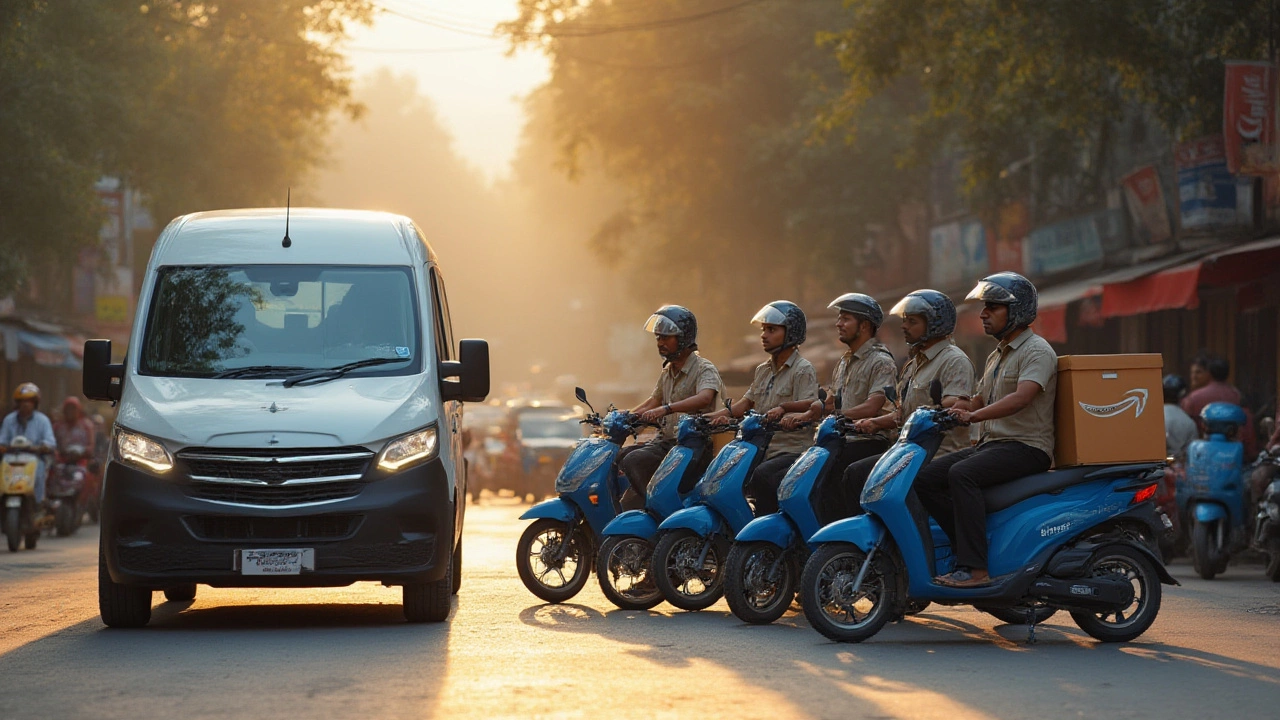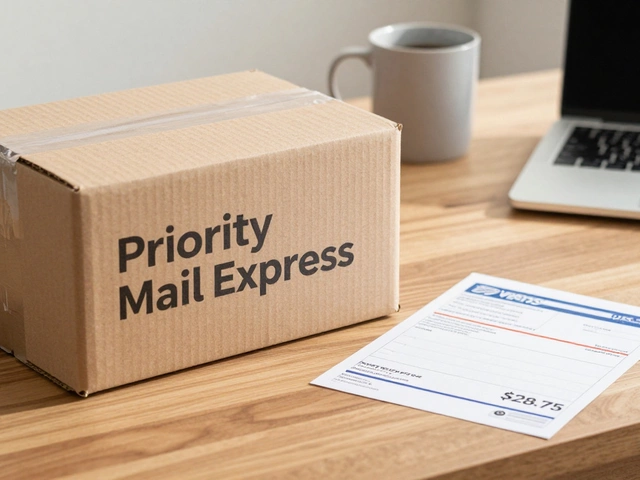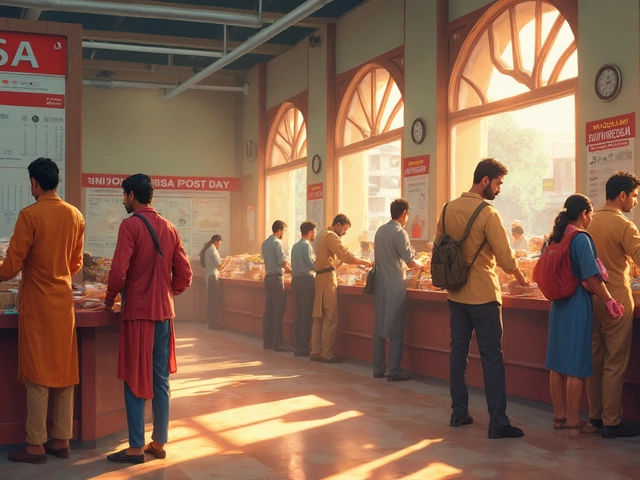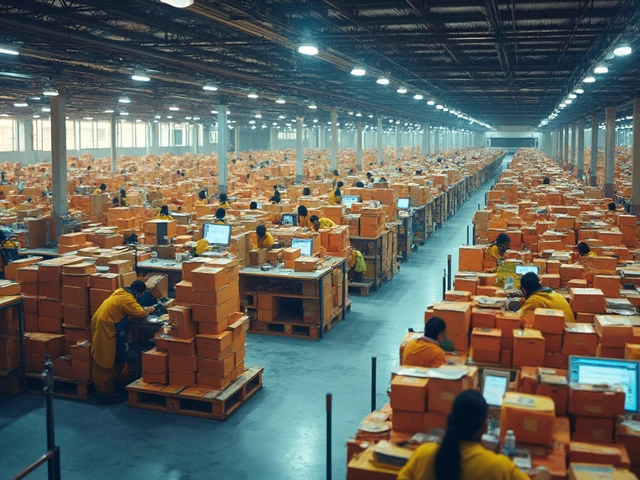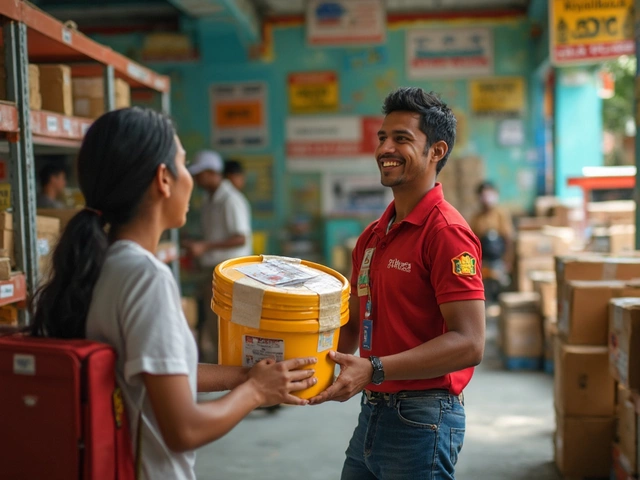Imagine this: you order Emery’s birthday present late at night, totally banking on Amazon to get it here before she wakes up. The clickable promise says “Delivered tomorrow.” But who’s actually bringing the box to your door? Here’s where things get puzzling – is it Amazon delivery or Amazon Logistics? Most people gloss over the names, but they’re not the same. And if you’ve ever wondered why some parcels arrive with a familiar Amazon-branded van, while others show up with a random local courier or even your friendly neighborhood driver, you’re not alone.
What Is Amazon Delivery?
Amazon delivery, in the broadest sense, covers anything that gets your order from the warehouse to your door. But when people say “Amazon delivery,” they’re often thinking about the result: that box showing up on the doorstep, how fast it got there, and sometimes, who’s to blame if something went missing. Traditionally, Amazon leaned hard on third parties — huge names like Royal Mail here in the UK, as well as DPD, Hermes (now Evri), and even the local postman. Their business was to shift millions of parcels, each with its own barcode and ETA, from Amazon’s sorting center to households all over Bristol, London, Glasgow — you name it. For years, the system worked, kind of like clockwork. But anyone who’s had a late Prime order knows the system isn’t perfect.
The interesting bit is that Amazon’s definition of delivery has always been flexible. Sometimes it meant you’d get “Expedited Shipping,” “Guaranteed Next Day,” or “Same Day.” Sometimes your order took a magical detour across the country before boomeranging back to you. As Amazon’s grown, “Amazon delivery” has become a catch-all term. These days, the phrase could refer to a handful of scenarios: a big-name courier bringing your package, an Amazon-branded van parked outside, or even an independent gig driver dropping off groceries. It all counts as delivery — just keep in mind who’s actually making the handoff shifts depending on what you ordered, when, and where you live.
For shoppers in the UK, you might notice a label in your tracking like “Arriving today by Amazon Logistics” or just “Amazon shipping.” In the US, people still get plenty of packages from UPS or FedEx. Here, in my corner of Bristol, it’s a toss-up between a bright blue Amazon van or my usual Hermes guy who also brings dog food for Max. There’s no guarantee who you’ll see. Your actual delivery experience may blend traditional couriers and Amazon’s own system, which blurs the line between “Amazon delivery” as a general promise and the specific logistics solution bringing that order home.
Ultimately, if you’re just after the item showing up safely and on time, you probably don’t care about these internal names. But once you hit a snag—a missing parcel, a split shipment, or that annoying “left in a safe space” photo when nothing’s there—knowing who’s actually responsible becomes crucial. That’s where things get interesting, and where Amazon’s own Logistics operations take centre stage.
What Sets Amazon Logistics Apart?
Amazon Logistics is a completely different beast compared to simple “delivery.” Launched around 2014, it’s Amazon’s answer to taking direct control over the entire last-mile journey. Instead of just handing parcels off to Royal Mail or another big courier, Amazon built its own delivery infrastructure—think the bright branded vans, uniformed drivers, and the quirky Flex drivers (sometimes students or parents like me, looking to earn extra cash between school runs). This isn’t just about loading packages on a van; it’s about managing every detail, from route optimization to the little push notifications that ping your phone moments before the doorbell rings.
Amazon’s goal with its logistics business is to create a self-contained ecosystem where it controls what happens, right up to your doorstep. Why? Because relying on outside companies limited their control over speed, reliability, and the all-important customer experience. With Amazon Logistics, they can now offer options like Same-Day delivery or deliver on Sundays and holidays—something many traditional couriers just won’t touch, especially in the UK’s stricter workplace rules and bank holiday chaos. They’re even able to test out electric vans, make use of local delivery stations that pop up near city centres, and employ technology like photo-on-delivery and precise GPS route planning. If you’ve ever got a delivery photo of your box sitting by the bins, odds are high it came via Amazon Logistics.
This setup isn’t just for shoppers. For third-party sellers, Amazon Logistics opens doors to things like Prime badge eligibility, easier returns, and built-in fraud protection. Sellers can send inventory into Amazon’s fulfilment centers, and the logistics network handles the rest, giving them a leg up on small-time shops shipping through slower, less predictable services. But it’s not all smooth sailing. Amazon Logistics can stretch local infrastructure, and you’ll find stories of drivers held to tight deadlines, routing mishaps (I’ve had parcels left at the neighbour’s so often now that Max barks whenever he sees a blue van), and packages lost in the shuffle during peak times like Black Friday.
The big point: when Amazon’s the logistics provider, they’re the ones dealing with complaints, lost items, delays, and refunds. No more blaming third-party couriers who have their own systems and customer service numbers. If something goes wrong, you go directly to Amazon. This direct chain of command, from seller to fulfilment centre to doorstep, means far tighter control—sometimes for better, sometimes for worse, but always with Amazon’s own systems in play.
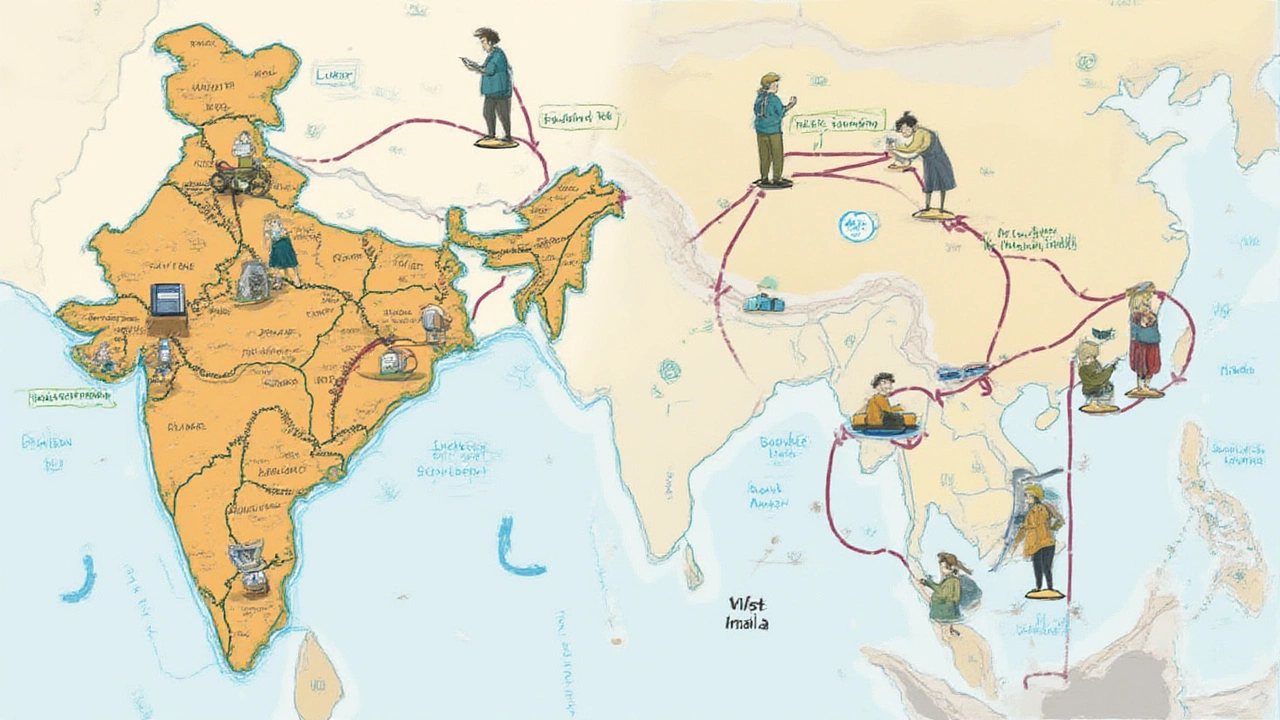
Why Amazon Uses Both Systems
So why bother with both Amazon Logistics and the fleet of outside delivery partners? The simple answer: scale. Amazon has a mind-boggling number of orders every day. Even their army of drivers—with all those branded vans whizzing around Bristol—can’t reach everywhere all the time. For rural locations or spots without a logistics base nearby, Amazon still leans on traditional couriers (think Royal Mail, Yodel, or even DPD) to fill the gaps. If you’re a seller on Amazon Marketplace and not using their Fulfilment by Amazon (FBA) service, you might actually ship things yourself via a third-party courier. Amazon will slap their “delivery guaranteed” promise on top, but the fulfilment could happen elsewhere.
This hybrid model gives Amazon loads of flexibility. During Christmas, Prime Day, or a surprise Taylor Swift vinyl drop, volume spikes hard. Amazon Logistics helps them prioritize Prime members and guarantee that “get it tomorrow” magic, while outsourcing gives backup support when things are too busy. It also lets them experiment—one city might get new electric delivery vans, another might see an Amazon drone (yes, they actually trialled those in places like Cambridge), and smaller towns may still depend on partners like Royal Mail for the foreseeable future.
For buyers, this system can be a blessing or a headache. If you’re in central Bristol and order something lightweight, odds are you’ll see it land via Amazon Logistics—you might even get those hourly ETA updates and delivery snapshots on your phone. For heavier items, or if you’re in a more remote Welsh village, your stuff might arrive via a classic white van and a driver you recognize from your local post office. That’s also why customer experience can be inconsistent; not all drivers are trained the same, and not every courier follows the same rules for safe spaces or redeliveries. It’s the only way Amazon can promise next-day delivery to so many postcodes, often at a loss, all to keep that Prime badge front of mind.
From a seller’s perspective, this means you need to know exactly which delivery stream your orders will flow through, especially if you’re promising speedy delivery or handling fragile stuff that can’t afford a rough ride. It’s worth noting, too, that if a problem crops up, Amazon will handle logistics issues for FBA orders, but sellers using their own delivery partners will face a lot more headaches and potential negative feedback.
How To Tell Who’s Delivering Your Amazon Parcel and Why It Matters
This bit’s surprisingly tricky. When you check your Amazon tracking page, look for clues: “Shipped with Amazon Logistics” or “Package is out for delivery with [DHL/Hermes/Yodel].” Sometimes, the app even gives you a tiny map, showing the driver’s progress if it’s Amazon’s own van. If you see a picture taken of your parcel after delivery, that’s a telltale sign you got an Amazon Logistics drop. Traditional couriers tend to just ring the bell and move on.
So why should you care? It’s not just trivia—knowing the difference helps if you ever need to chase a missing parcel or time a redelivery. With Amazon Logistics, you’re dealing directly with Amazon’s support team via chat (they usually offer instant refunds or resends if you explain your issue clearly). Third-party couriers have their separate customer service lines—Royal Mail or DPD will ask for their own tracking codes, and the resolution process might be slower.
If you’re a seller (or thinking of starting a side hustle on Amazon), understanding the split between Amazon Logistics and partnered delivery is huge. Orders sent using fulfilment by Amazon (FBA)—that is, when Amazon holds and ships your stock—qualify for quick Prime delivery and Amazon handles almost all support. If you handle fulfilment yourself (FBM: Fulfilled by Merchant), it’s on you to make sure orders get out fast and customers get tracking. Another fun fact: in some countries, Amazon is experimenting with partnering directly with local corner shops as pickup points, expanding their reach even further and giving customers more control over where their parcels land.
If you want to avoid delivery drama, here are a few tips:
- Download the Amazon mobile app and turn on delivery notifications—they’ll often alert you exactly when a driver is close.
- Pay attention to estimated delivery windows and check your tracking for clues about which courier will be used.
- For important orders (like birthday presents for the kids—or dog treats for Max!), use an address where someone will be in, or send it to a secure pickup point if offered.
- If you spot “Amazon Logistics” in your tracking, expect fast delivery and customer support directly from Amazon if anything goes wrong.
- If a third-party courier is named, keep their tracking info handy and be ready to liaise with their helpdesk if there’s a problem.
Knowing who’s delivering your parcel might not make waiting any easier, but it does mean you can sort issues faster. And if, like me, you’ve ever had a driver hide your box under your recycling bin on a rainy day, you’ll know why every little detail matters.
